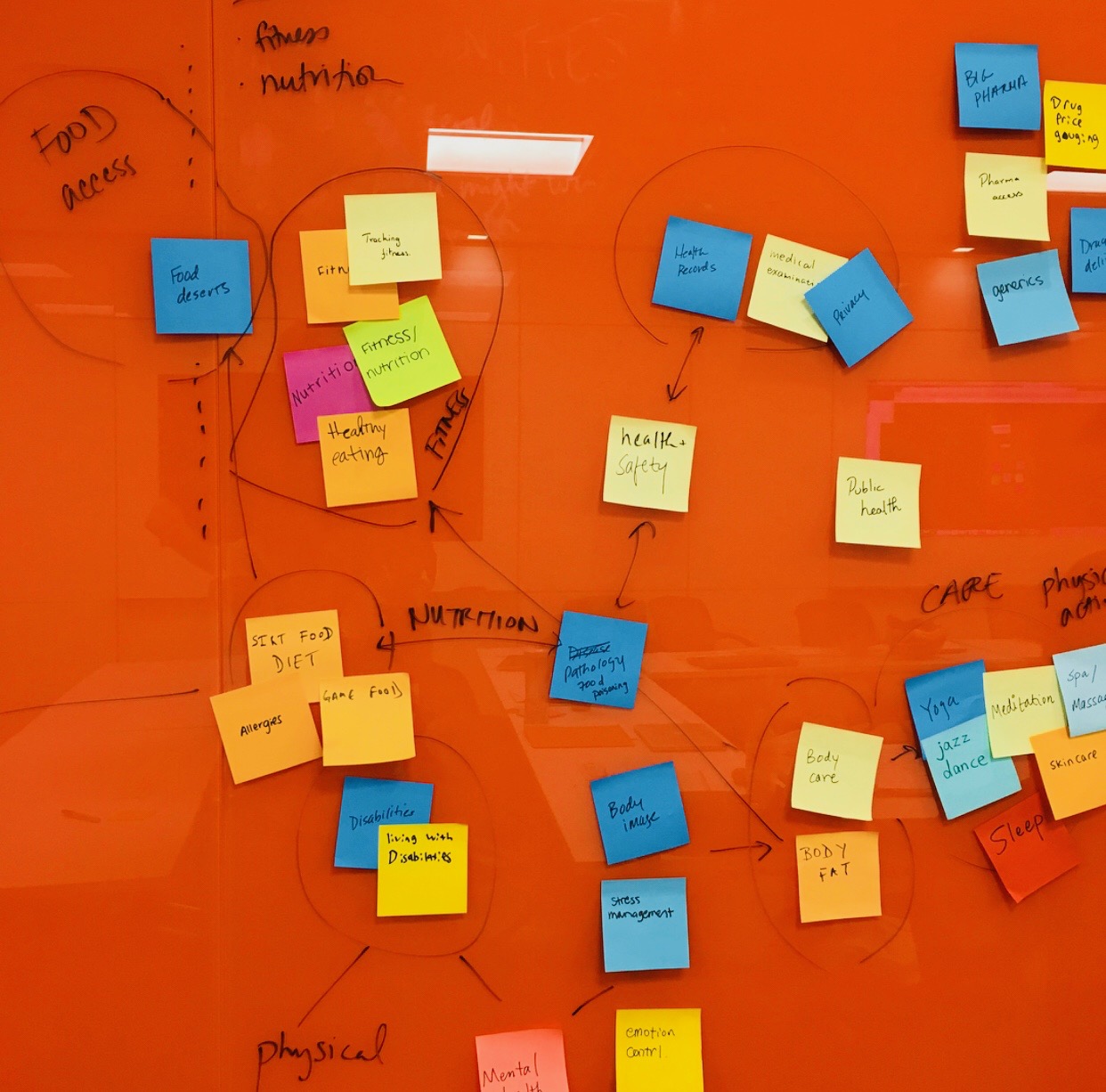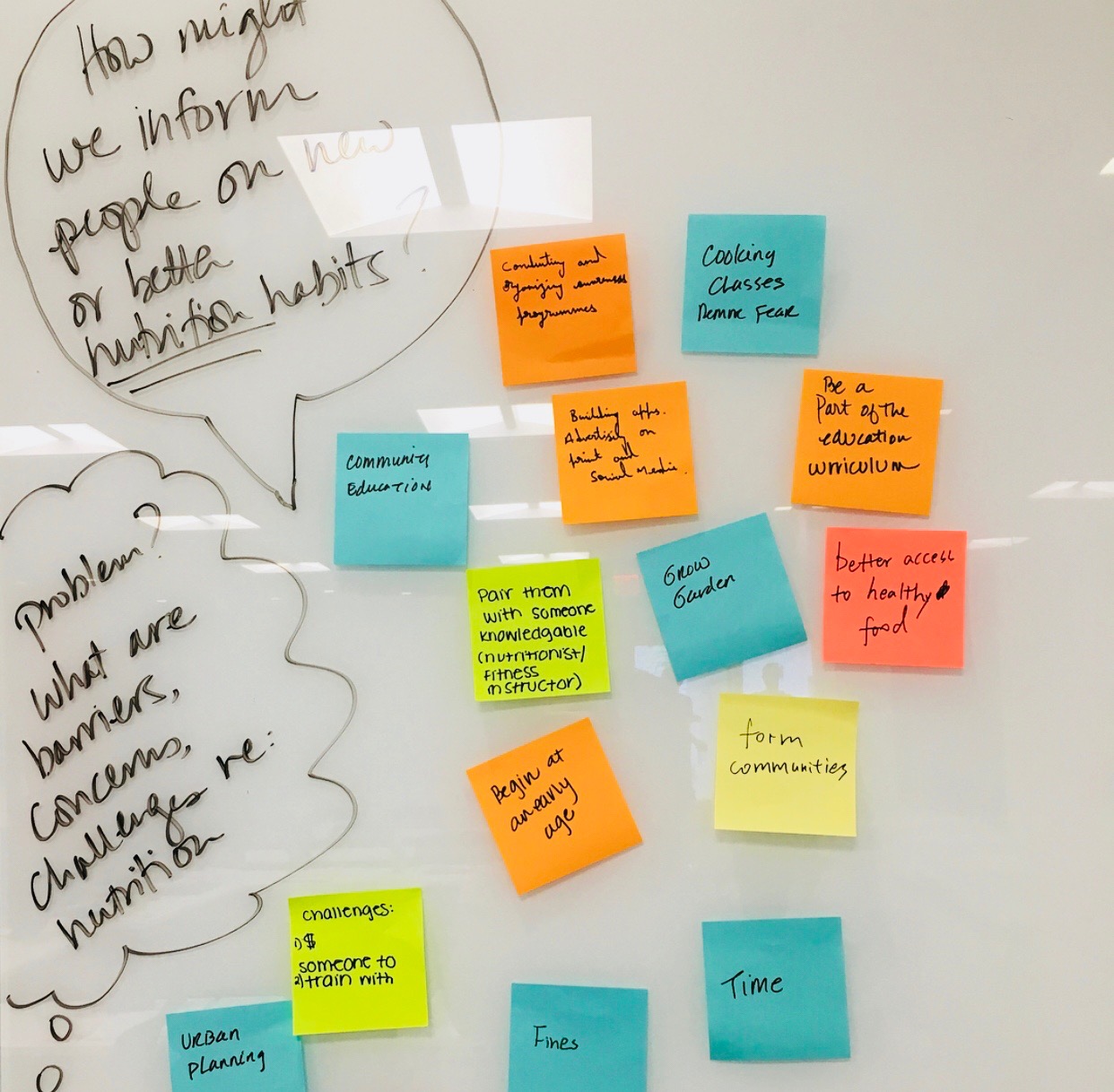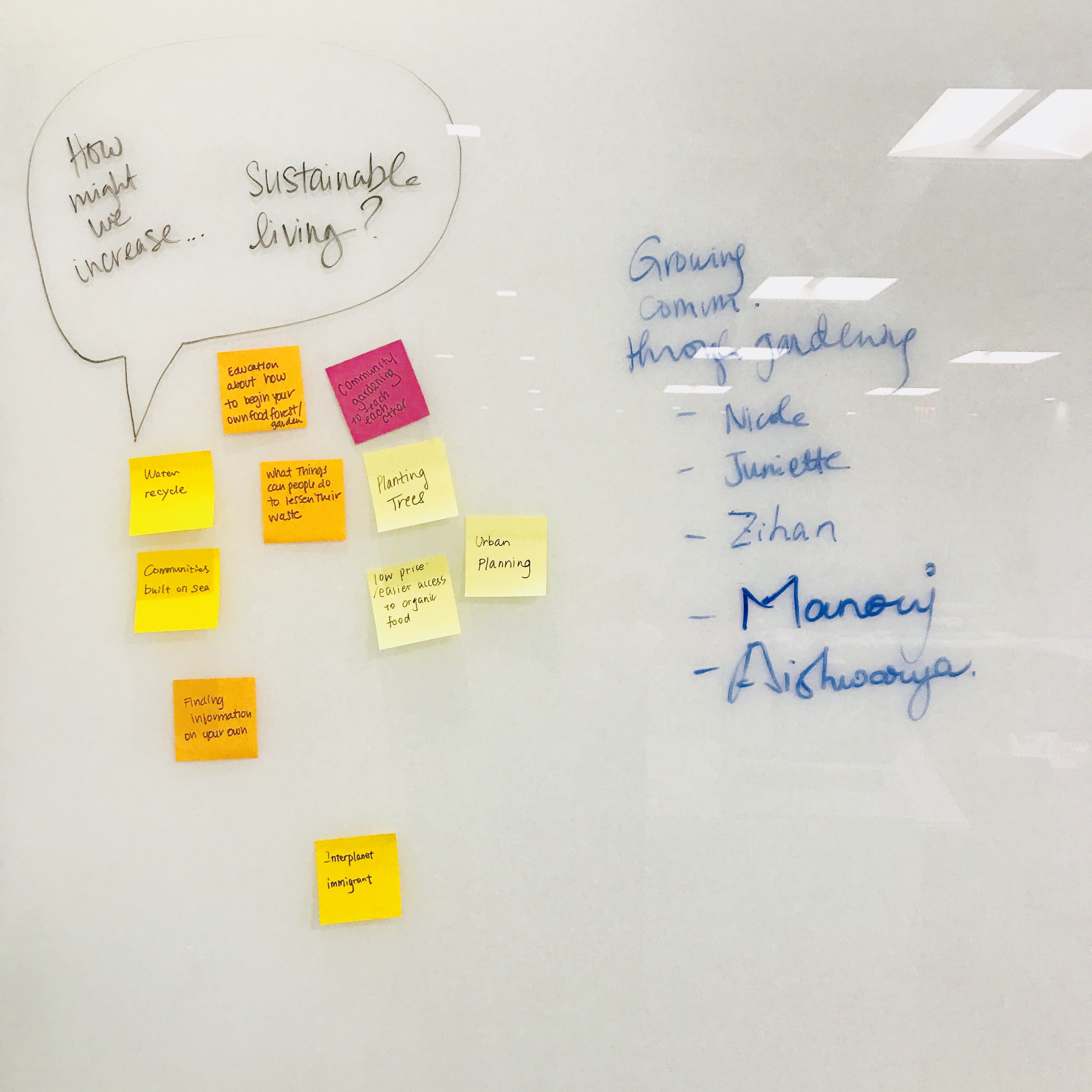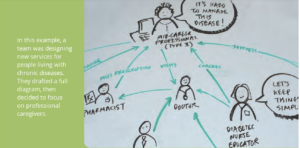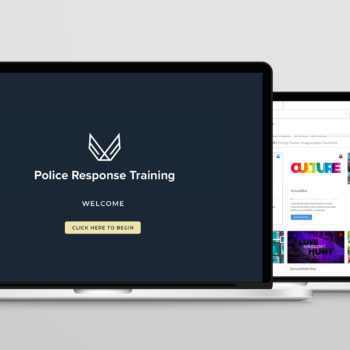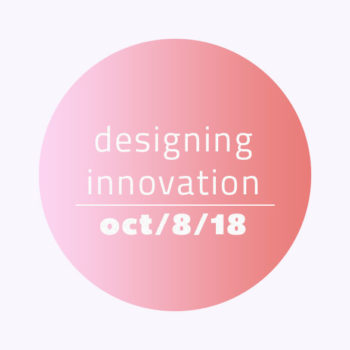Coming into the new semester for the MFA in Interactive Media that I am pursuing at the University of Miami, the class began with a discussion of Chapter 1 of About Face: The Essentials of Interaction Design by Alan Cooper which talks about all the consequences of poor product behavior (user frustration), why digital products fail (because of poor research about what your user needs, design being left as an afterthought), planning and designing product behavior, recognizing user goals, implementation models and mental models and goal-directed design.
During the class, we discussed some of these topics and began an overview of Human Centered Design method activities such as Affinity Clustering and Stakeholder Mapping as part of our active class time. We began by putting some concepts on the board such as Health, Wellness, Farming, Nutrition, Mental Health, Food Access, etc.
Affinity Clustering
Affinity Clustering is a graphics technique for sorting items according to similarity. Patterns are revealed when teams sort items based on perceived similarity, defining commonalities that are inherent but not necessarily obvious. This way you are able to draw insights and new ideas out of otherwise disparate pieces of information.
Stakeholder Mapping
A way of diagramming the network of people who have a stake in a given system. The balance of an ecosystem is defined by the relationships of its parts. Each individual unit, whether key or peripheral, plays a role in how the system works. A visualization of people’s relationships, interactions, and needs, a Stakeholder Map helps you understand the extent and impact of your design decisions.
How might we inform people better? Problems, Challenges, Barriers How might we increase sustainable living?
In these exercises, we began with the word HEALTH and from there, some people mentioned nutrition, fitness, care, physical activity, wellness, food access, farms, lifestyle, mental health. These words, these concepts become part of the Affinity Clustering and each one becomes a branch where we come up with more concepts and categories.
After about 15 minutes, we began the second exercise from the LUMA Institute book Innovating for People: Handbook of Human-Centered Design Methods. For Stakeholder Mapping, we began by identifying a subject area to focus on. Then we went around the room looking at which of these main categories interested us the most and Professor Tran asked us to put some post-its on these categories for some possible barrier, struggle or within each one, from here we were also asked to generate an initial broad list of possible stakeholders.
Draw a symbol of a person for each different type. Write a speech-bubble to summarize their mindset. Write a label describing their role or title. Draw lines with arrows connecting the stakeholders. Write a label on the line to describe relationships. Circle and label related groupings.
Institute, LUMA. Innovating for People: Handbook of Human-Centered Design Methods (p. 33). LUMA Institute. Kindle Edition.





